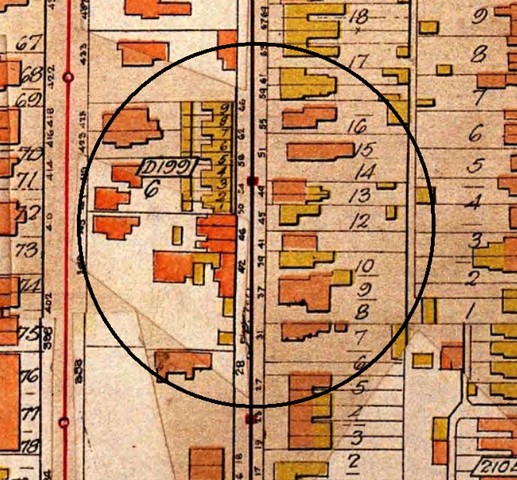
Jamieson House
Opening their home
Plate 27 of 1924 Goad’s Fire Insurance Plans of Toronto illustrating where the Jamiesons lived. Charles E. Goad, 1924. Courtesy of City of Toronto Archives.
16 Spadina Road, Formerly Ontario Bible College, now the Native Canadian Centre of Toronto. Heritage Toronto, 2020.
Opening their home
This was once the site of Minnie & George Jamieson’s house. The Jamiesons moved to Toronto from the Six Nations reserve in the 1920s and opened their doors to any and all Indigenous people who found themselves in the city. At this time, Indigenous people began moving to cities for employment and education opportunities though in relatively small numbers. Meeting at the Jamieson house helped many ease the transition from a small reservation to the big city.
Growing
As the century progressed, Toronto’s Indigenous population grew and many who had previously congregated at the Jamieson’s house saw the need for a new community gathering place. So, the “Toronto Indian Club” was formed in the late 1940s with meetings held at Mildred “Millie” Redmond’s house. It was originally intended as a social club for the community but it soon began making social service referrals as well.
The new hub for Indigenous people
From this the club evolved to become the Native Canadian Centre at Spadina Rd, offering culturally-specific programs and services to Toronto’s Indigenous community. It hosts cultural programming like language classes, pow wow dance lessons and their weekly Drum Social and services such as tax clinics, counselling, and referral to any other services. They also host Indigenous History Month every year with a celebration of Canada’s Indigenous peoples in Yonge-Dundas Square.

